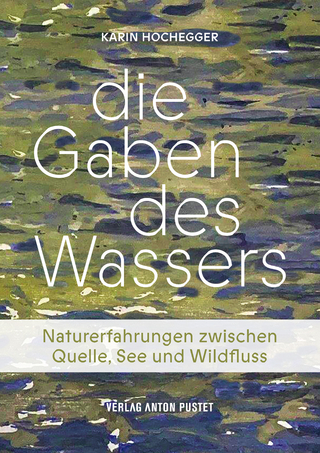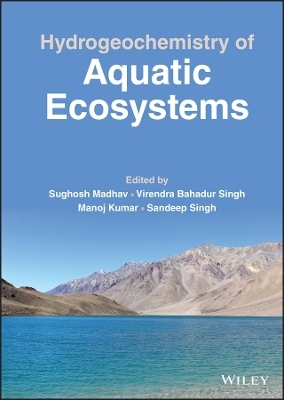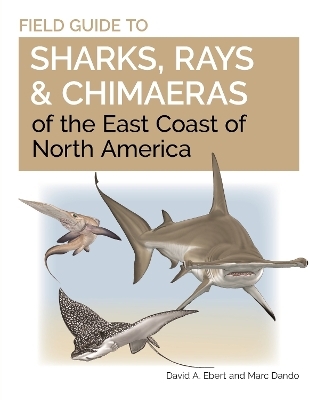
Dragonfly Nymphs of North America
Springer International Publishing (Verlag)
978-3-319-97775-1 (ISBN)
Kenneth J. Tennessen grew up in the Wisconsin North Woods where he became fascinated with insects at an early age. Of particular impact was the discovery of the life cycle of dragonflies, as he witnessed the transformation of nymphs from an aquatic existence to adults that could mate in the air then return to the water to lay eggs. His pursuit of knowledge on aquatic insects intensified at the University of Wisconsin where he obtained his Bachelor of Science degree in 1968. His ensuing graduate program at the University of Florida was interrupted by the military draft and one year of service in the Vietnam War. Returning to the University of Florida, he earned a Ph.D. in Entomology in 1975 under the direction of Minter J. Westfall, Jr. During his career as an environmental biologist for the Tennessee Valley Authority, he continued taxonomic research on dragonflies on his own time. Numerous collecting trips in Canada and the United States, as well as some of the collections he made in the Neotropics, provided much-needed specimens to complete this monograph on the Anisoptera nymphs of North America. Although retired, he continues studying Odonata as a Research Associate at the Florida Collections of Arthropods. He currently lives with his wife Sandi in central Wisconsin.
PREFACE
GETTING STARTED
Chap. 1 Introduction
Chap. 2 Nymph AnatomyChap. 3 Using the KeysChap. 4 List of SpeciesSYSTEMATIC TREATMENT
Chap. 5 Key to Families of Anisoptera
Chap. 6 AeshnidaeChap. 7 GomphidaeChap. 8 PetaluridaeChap. 9 CordulegastridaeChap. 10 MacromiidaeChap. 11 CorduliidaeChap. 12 LibellulidaeBIOLOGY
Chap. 13 Methods for Studying Dragonflies
Chap. 14 Microhabitat & Functional MorphologyChap. 15 Nymphal Life Chap. 16 Anisoptera as Water Quality IndicatorsAPPENDICES
GLOSSARY
BIBLIOGRAPHY
INDEX
| Erscheinungsdatum | 11.12.2018 |
|---|---|
| Zusatzinfo | XIV, 620 p. 930 illus., 8 illus. in color. |
| Verlagsort | Cham |
| Sprache | englisch |
| Maße | 210 x 279 mm |
| Gewicht | 2474 g |
| Themenwelt | Naturwissenschaften ► Biologie ► Limnologie / Meeresbiologie |
| Naturwissenschaften ► Biologie ► Ökologie / Naturschutz | |
| Naturwissenschaften ► Biologie ► Zoologie | |
| Schlagworte | Biology • dragonfly nymphs • Entomology • Functional morphology • Life Cycle • Odonata: Anisoptera |
| ISBN-10 | 3-319-97775-X / 331997775X |
| ISBN-13 | 978-3-319-97775-1 / 9783319977751 |
| Zustand | Neuware |
| Informationen gemäß Produktsicherheitsverordnung (GPSR) | |
| Haben Sie eine Frage zum Produkt? |
aus dem Bereich


